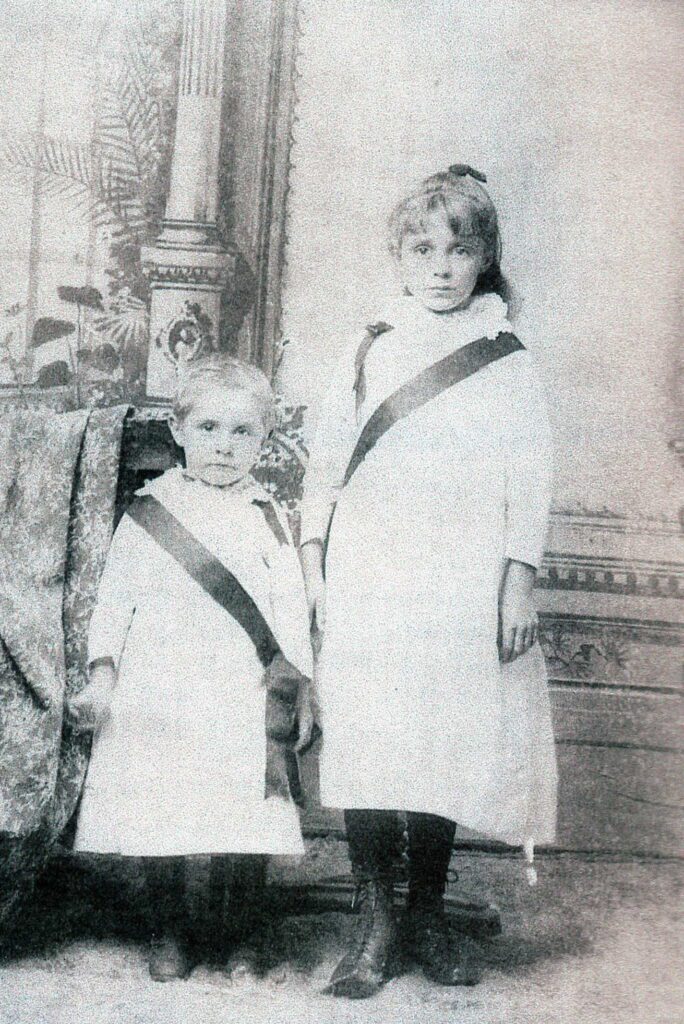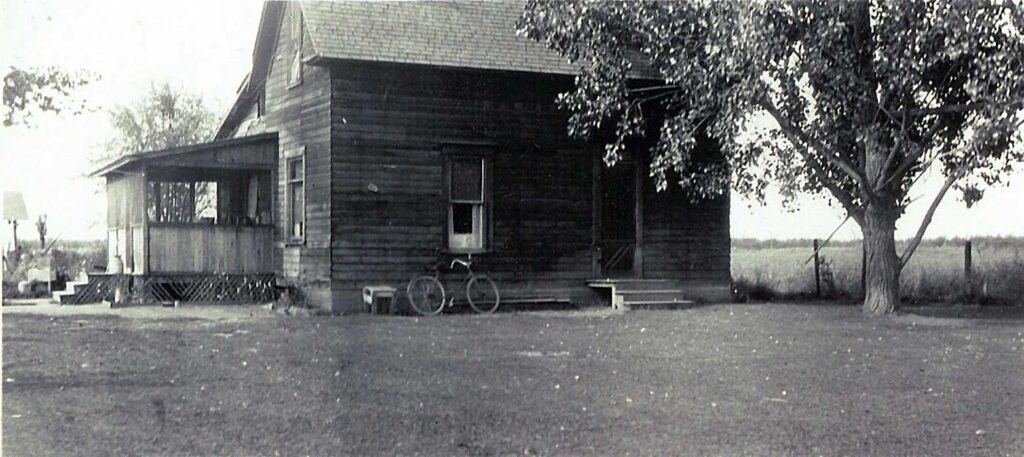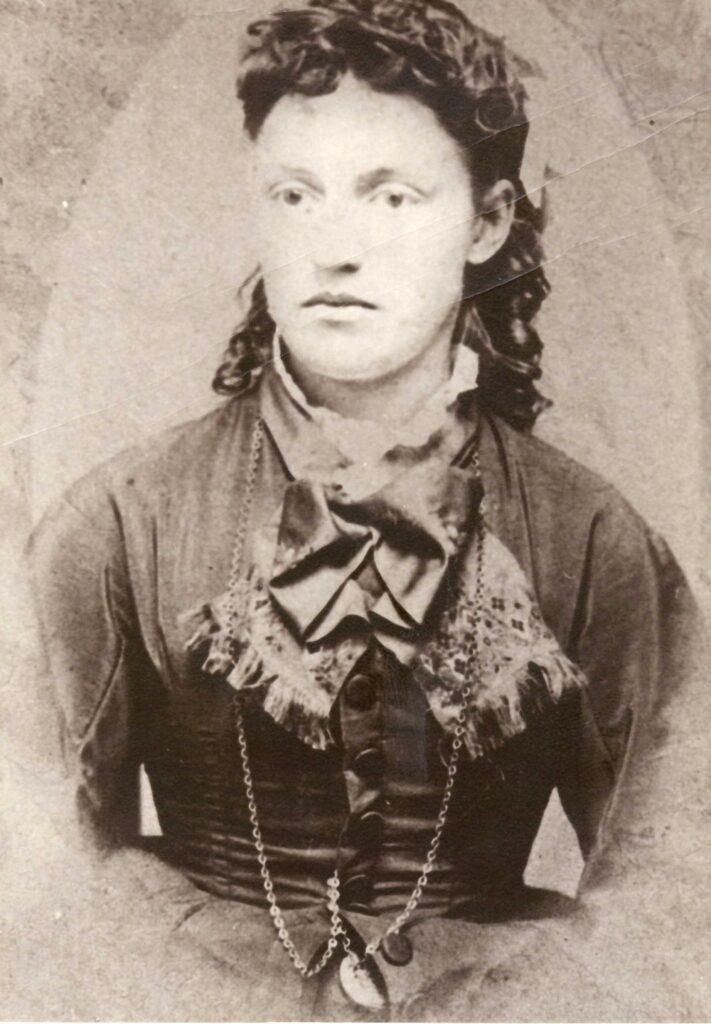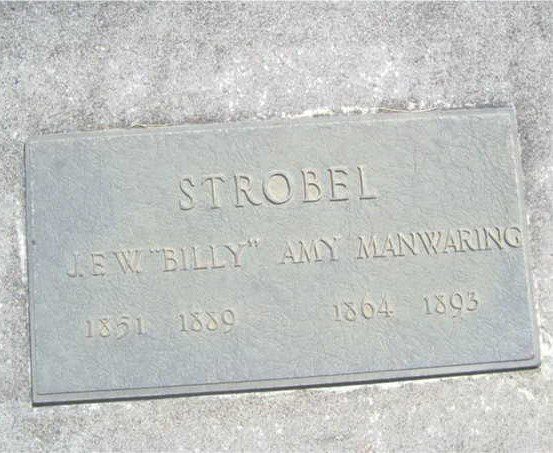Dead Ox Flat, Poverty Flat, Weiser Flat. A “flat” is a stretch of land, usually near water, low level land that is surrounded by rugged hills or mountains. The towering sides of the Snake River gorge embrace these flats at the river’s edge. It is to these places early settlers found their home. Bunch grass hills above to graze cattle, bottom land for fruit trees and crops, a river of fish.
Off to the west in Oregon, a young emigrant from German, Johann Fredrick William “Billy” Strobel, befriended the Manwaring family in the John Day Valley, near Prairie City. Roderic Roehr, Billy’s great grandson, would reminisce that at one time Billy Strobel knew Amy Elizabeth Manwaring as a baby and had “dandled” her on his knee. Billy returned to the John Day Valley in 1879 and married her when she was fifteen years of age. He outfitted a wagon then headed east to Weiser Flats with his young bride.

In the spring of 1883 Thomas Ranahan installed a ferry across the Snake River. It opened trade between the Malheur in Oregon and the Willow Creek settlers near what would become Weiser, Idaho. The venture captured business that may have otherwise gone to Baker City, Oregon. After running the business a couple years, Ranahan sold the enterprise to Billy Strobel. Billy became the pilot and was renowned for his effective skills in moving stock and wagons across the Snake River. He oversaw the business until his untimely death of typhoid pneumonia in 1889.

Amy Elizabeth, at age 25, was left widowed with two children, Amelia and Prudence. She remarried a year later to Charles Rice, had a child named Cora a year after that. Before Cora turned two, at the age of 29, Amy passed away, leaving three little girls and a new husband. And once again, the river, the ever-present river in their lives, played a role in the tragedy.
The cause of her death has not yet been found. The month of February at Weiser Flat could be brutal, and as had happened before, the river was frozen over. They lived on what was called the Weiser Annex, the Oregon side of the river. On that cold February day in 1893 the two little girls were bundled against the cold and trekked across the frozen Snake in a funeral procession to Weiser, where their mother was buried. Afterwards, the girls were sent to Prairie City in Oregon, to live with their grandmother, Sarah Ann Hunt Manwaring Meador. The photograph above was take on 23 Feb 1893 at their grandmother’s place.

Amelia, like her mother, married young, at age 16 to John Myers, and returned to Weiser, this time on the Idaho side, instead of the Weiser Flats of her birth on the Oregon side.
What I find striking in this entire story is the lack of borders. I once posted an article to a Grant Co., Oregon website and received a comment, “What does this have to do with Grant history?” What I’ve learned is that our family stories, our shared history, does not exist within the confines of county or State boundaries. The history of Grant Co., Oregon is intimately tied to the history of Washington Co., Idaho.

So it was that a fifteen-year-old girl was carried off in a wagon from Prairie City, Grant Co., Oregon to Weiser Flat, and then carried across the frozen river to lay in Hillcrest Cemetery, Weiser, Washington Co., Idaho. Our family stories ebb and flow across boundaries, swirl together in ways still to be discovered, and flow towards the following generations, so our children’s children may know from whence they came.




Mark Goddard
Addendum to the story: We left “Crossings at Weiser Flats” with a small mystery. The cause of Amy’s early death at age 29 was unknown. But then I was contacted by her ggggrandaughter, Kristiana Clark, who was able to fill some details. During the winter of 1893 there were some legal matters that needed attending, and the nearest city to do that was in Vale, Oregon. Amy took off in the cold of winter by horseback to make the 35-mile trek to Vale and back. I cannot even imagine what that must have been like to travel 70 miles by horseback in that terrible winter. As it was, the journey caused her to fall ill, and shortly thereafter she passed away. And thus, it came to be that her little girls accompanied their mothers body across ice blocks on the Snake, to bury her in Weiser, Idaho.